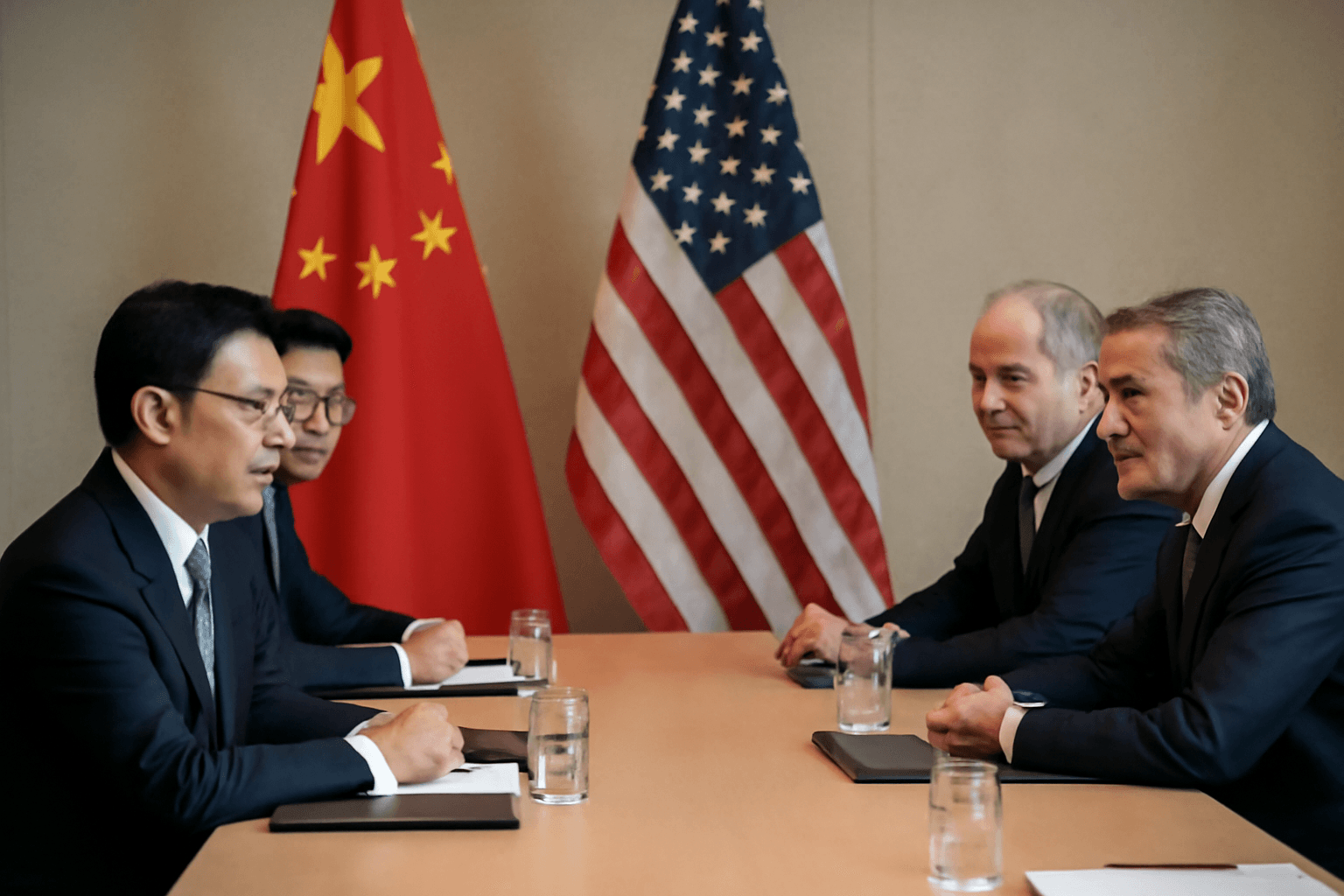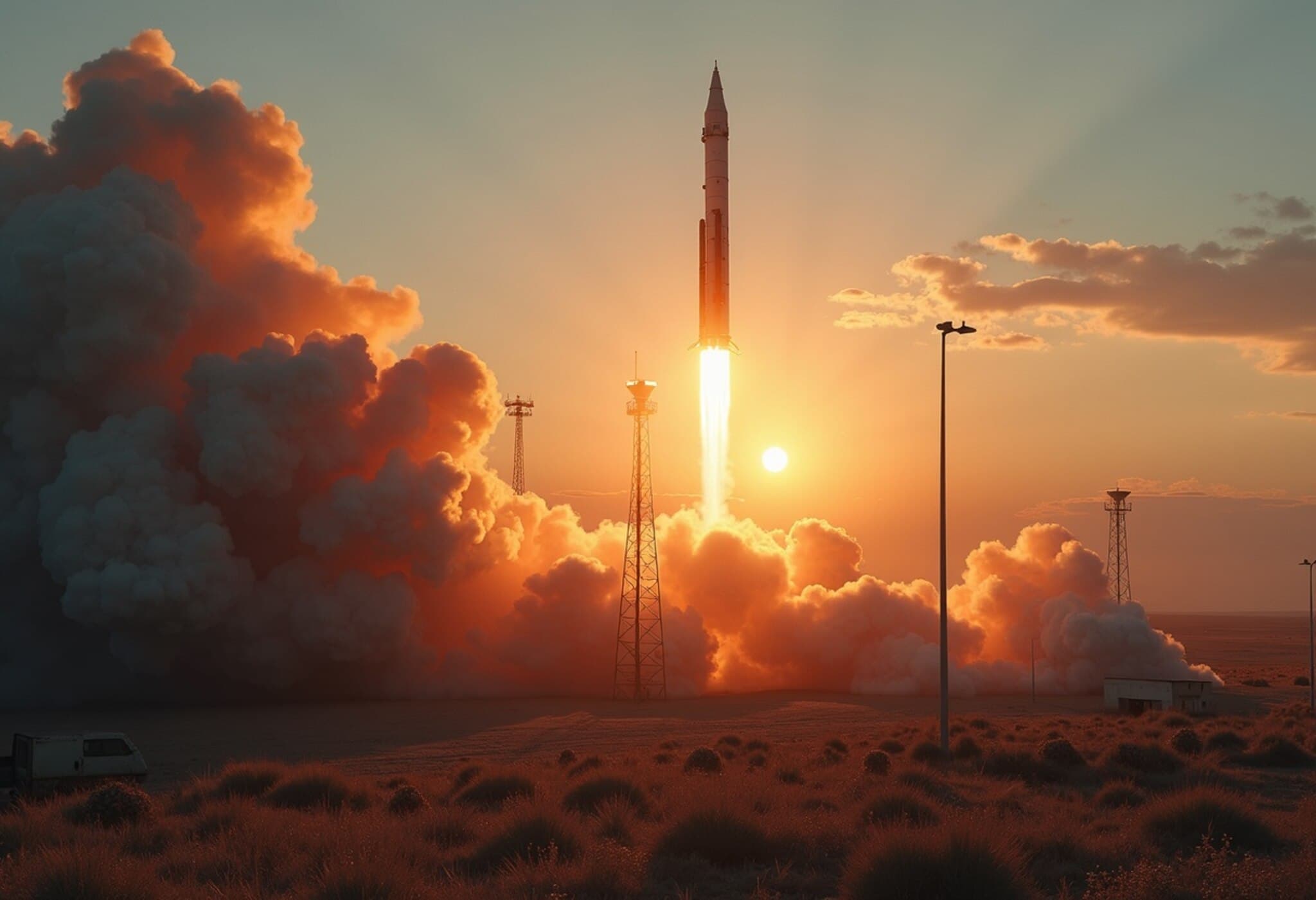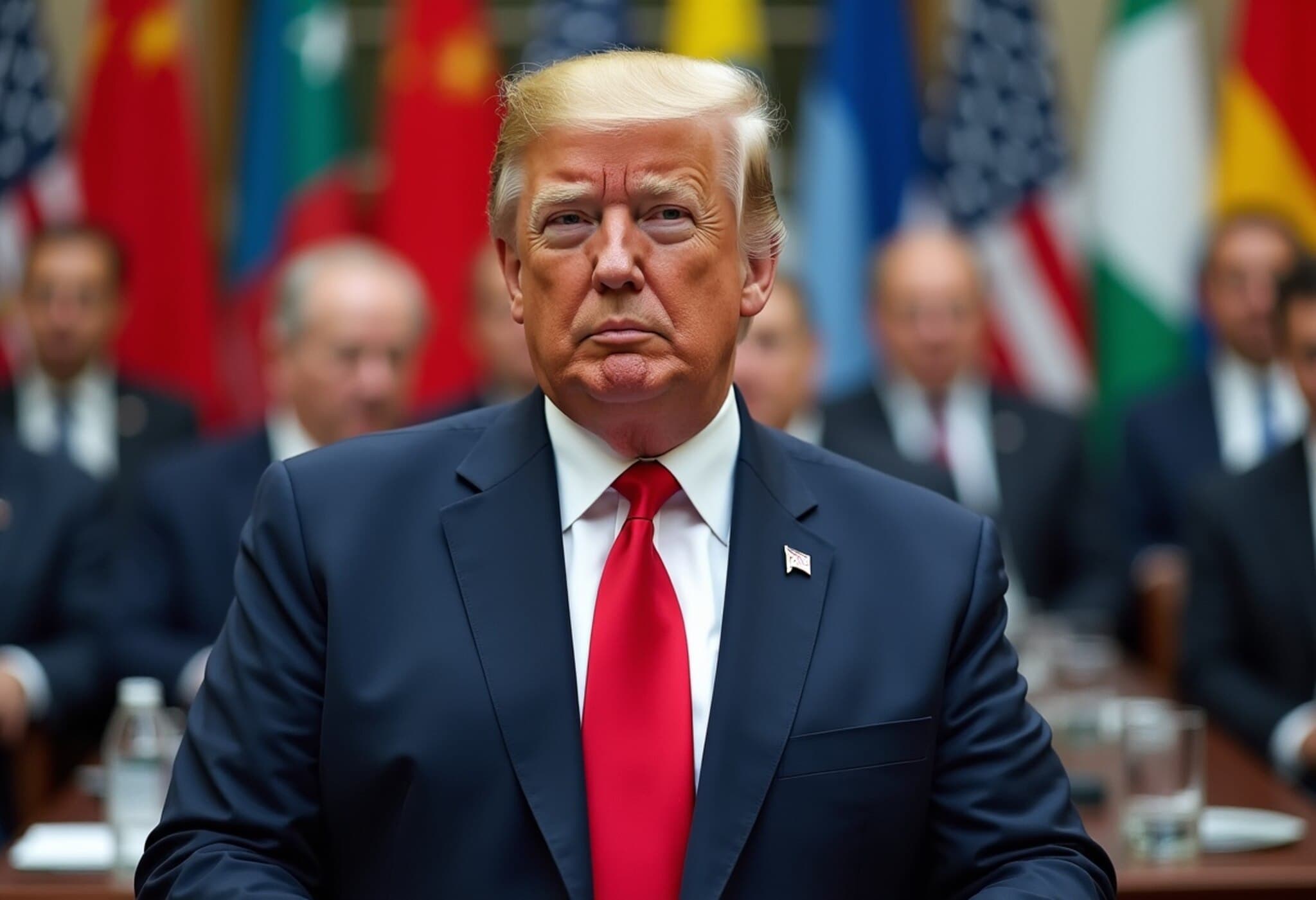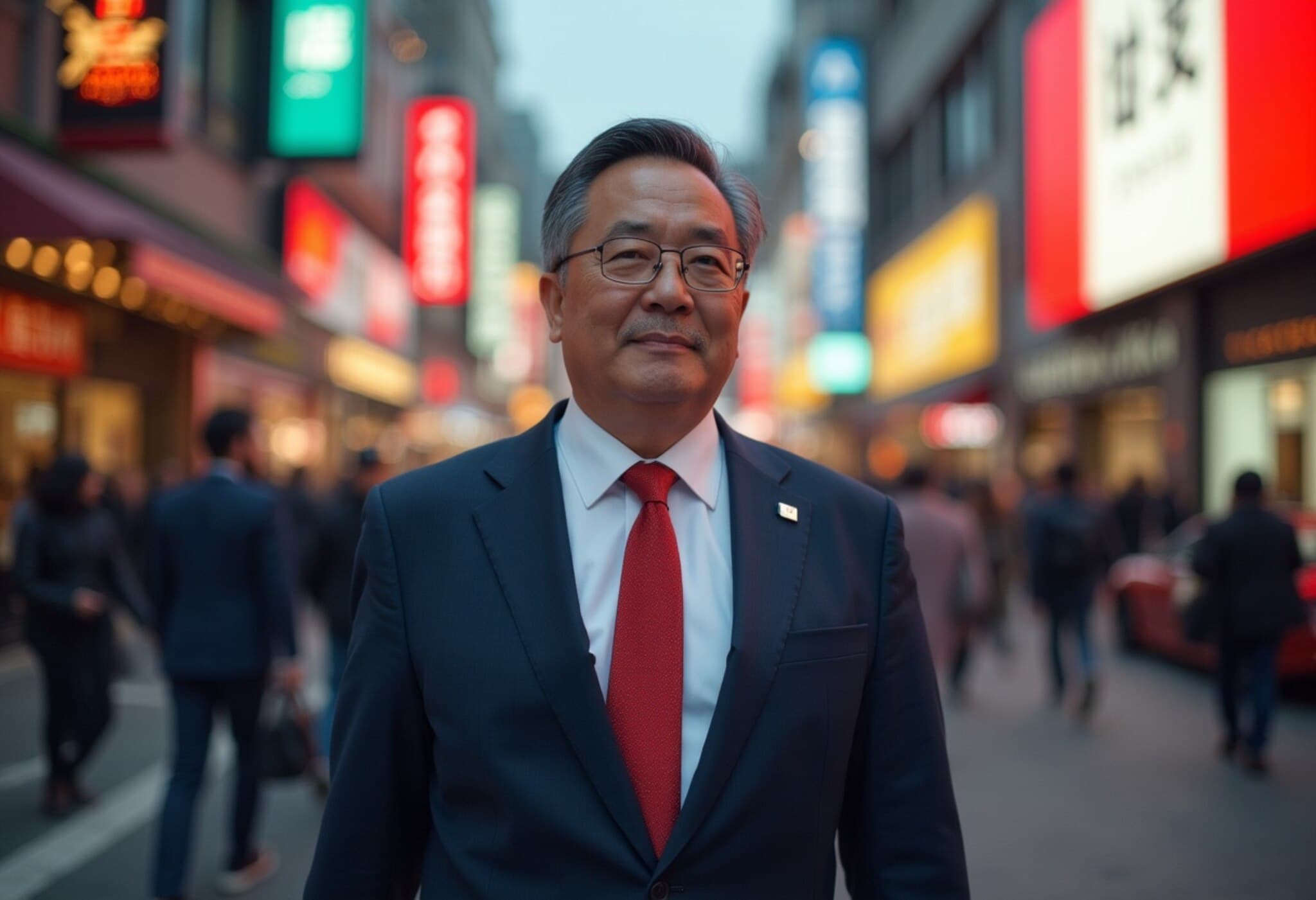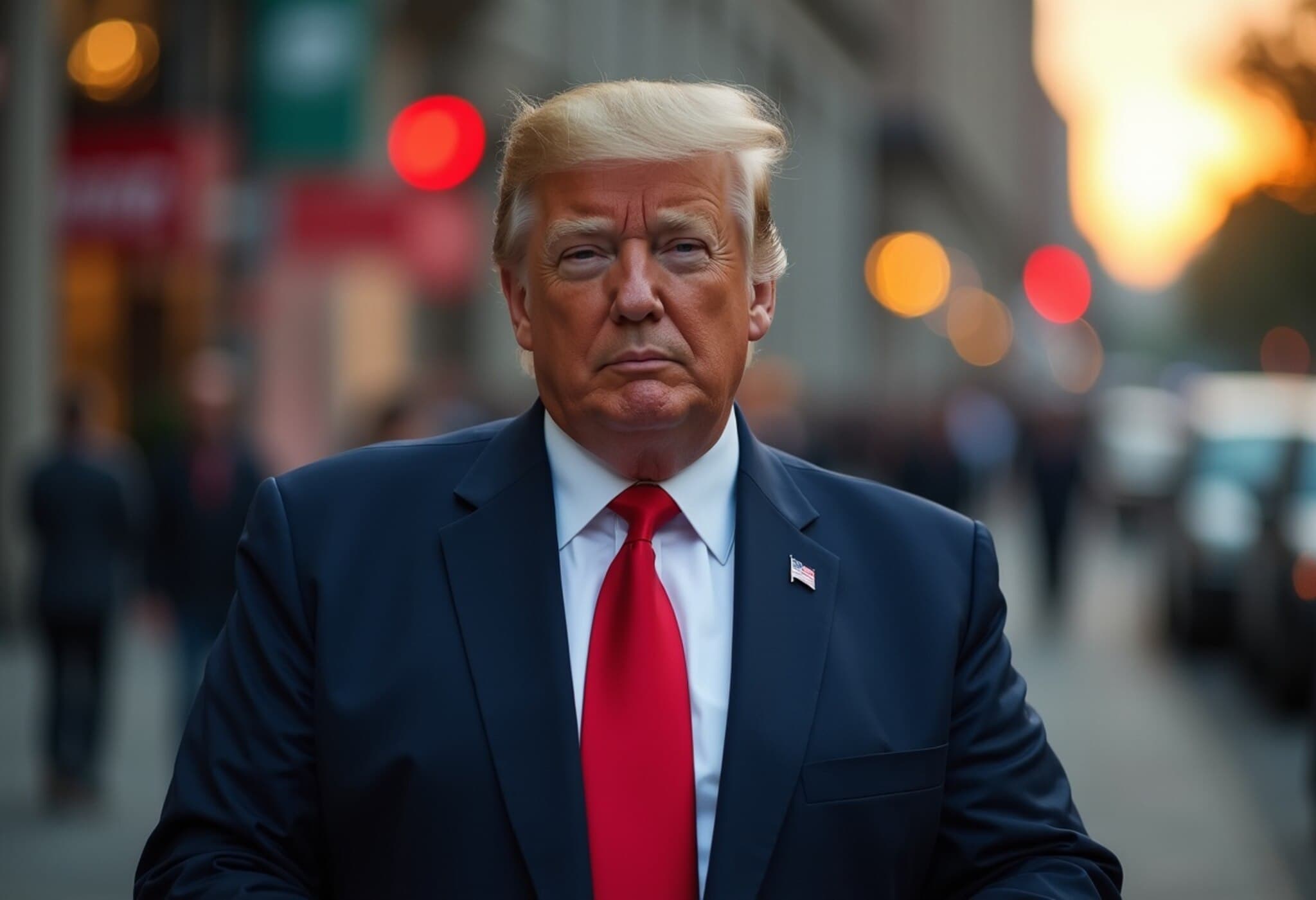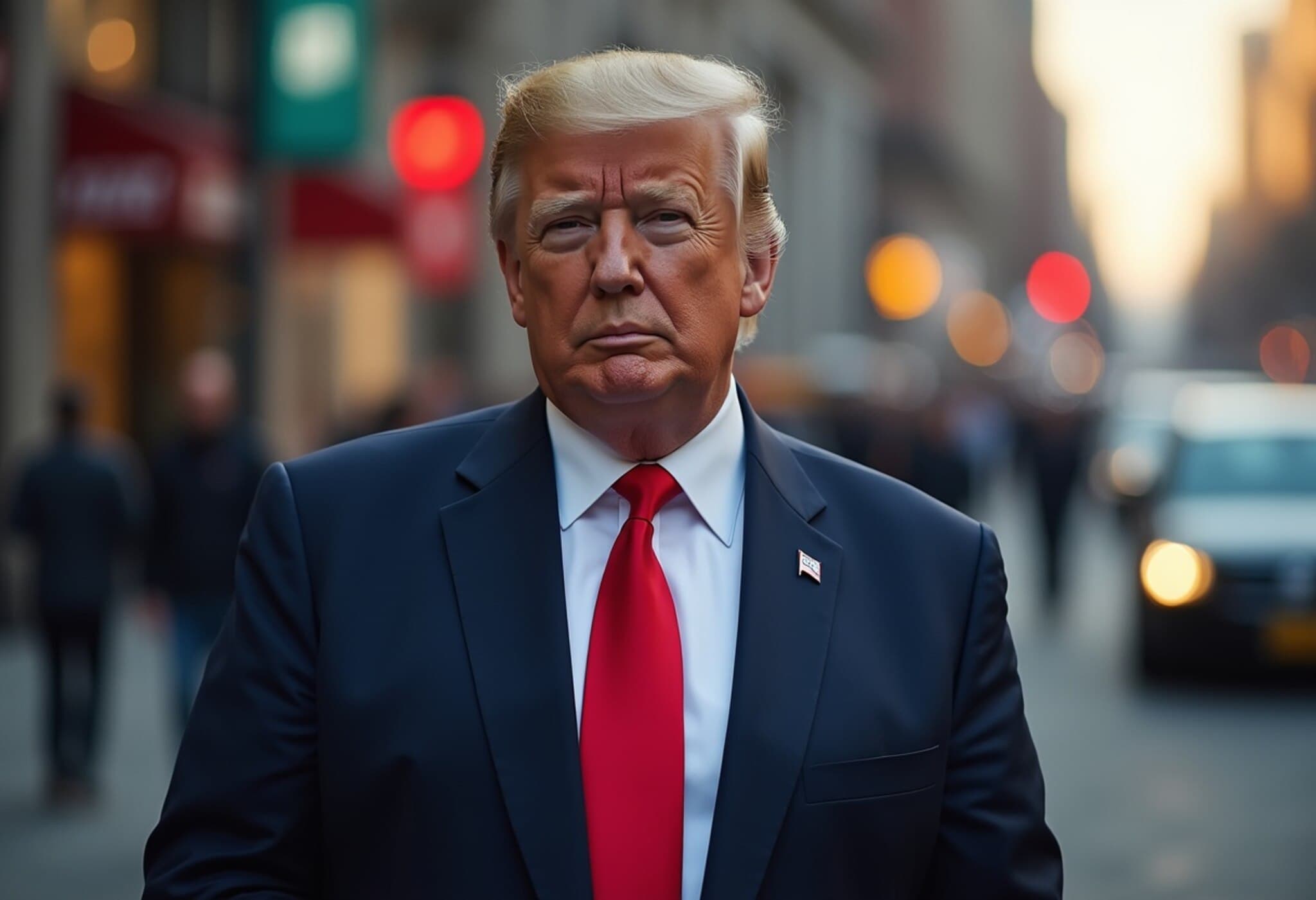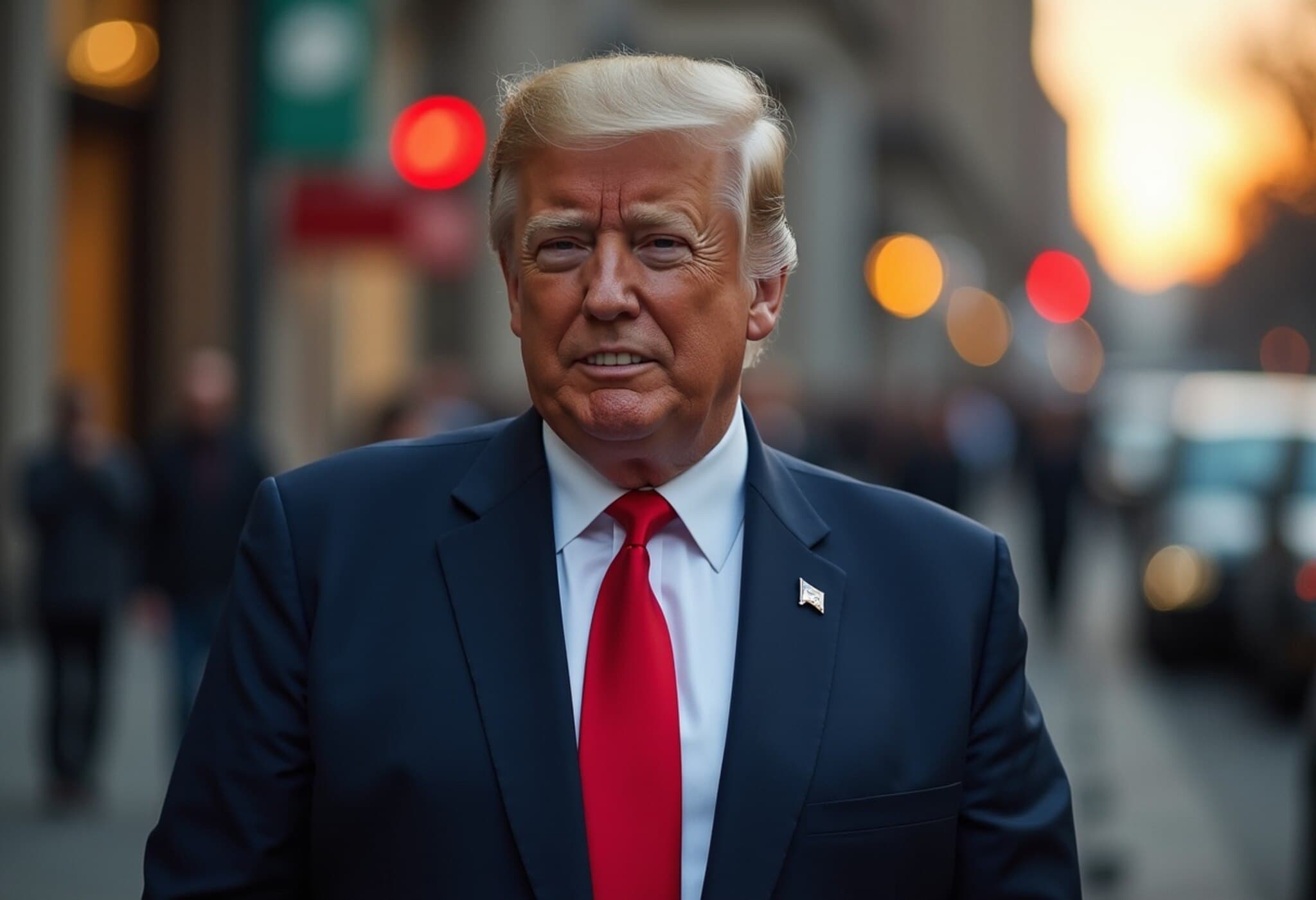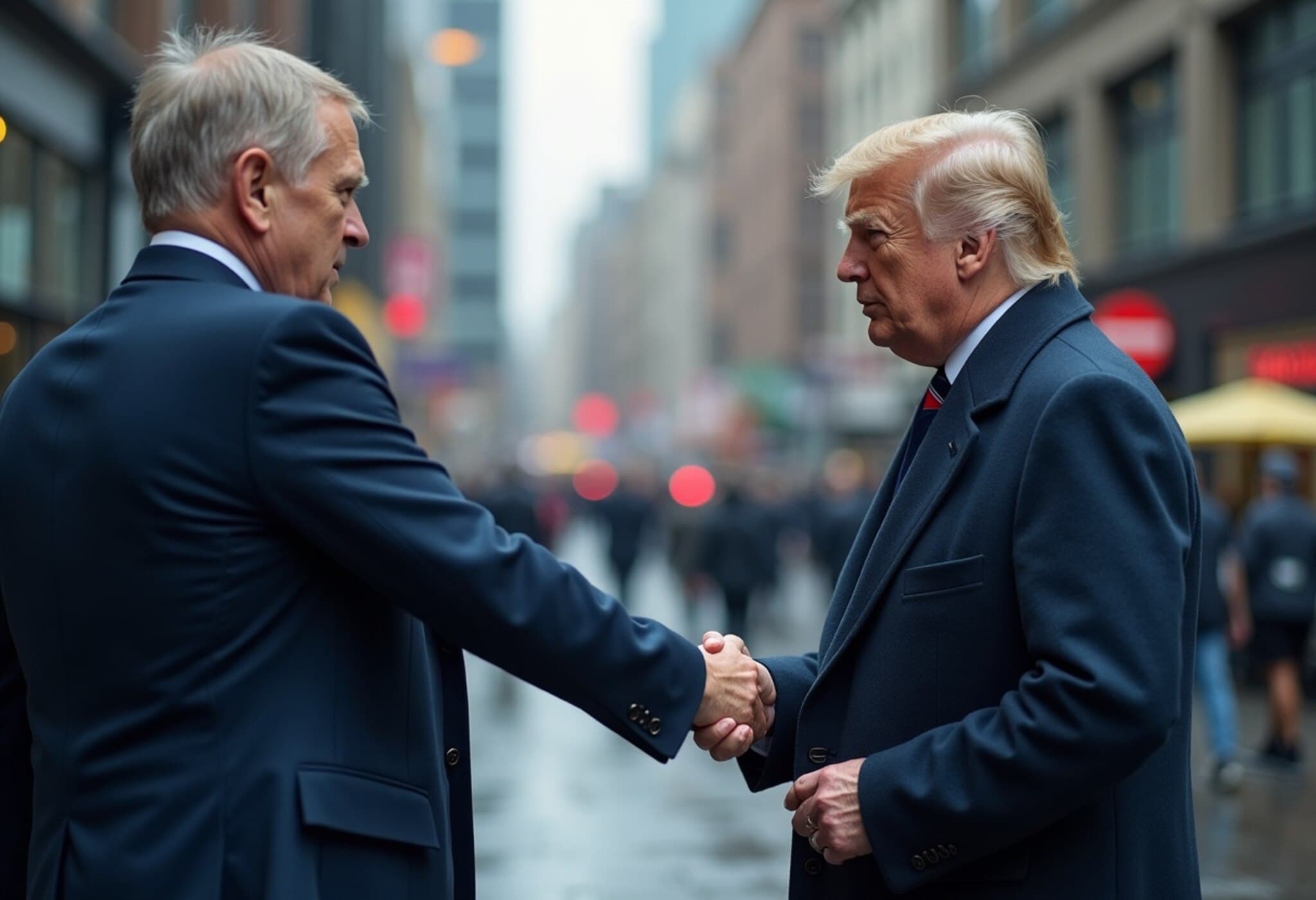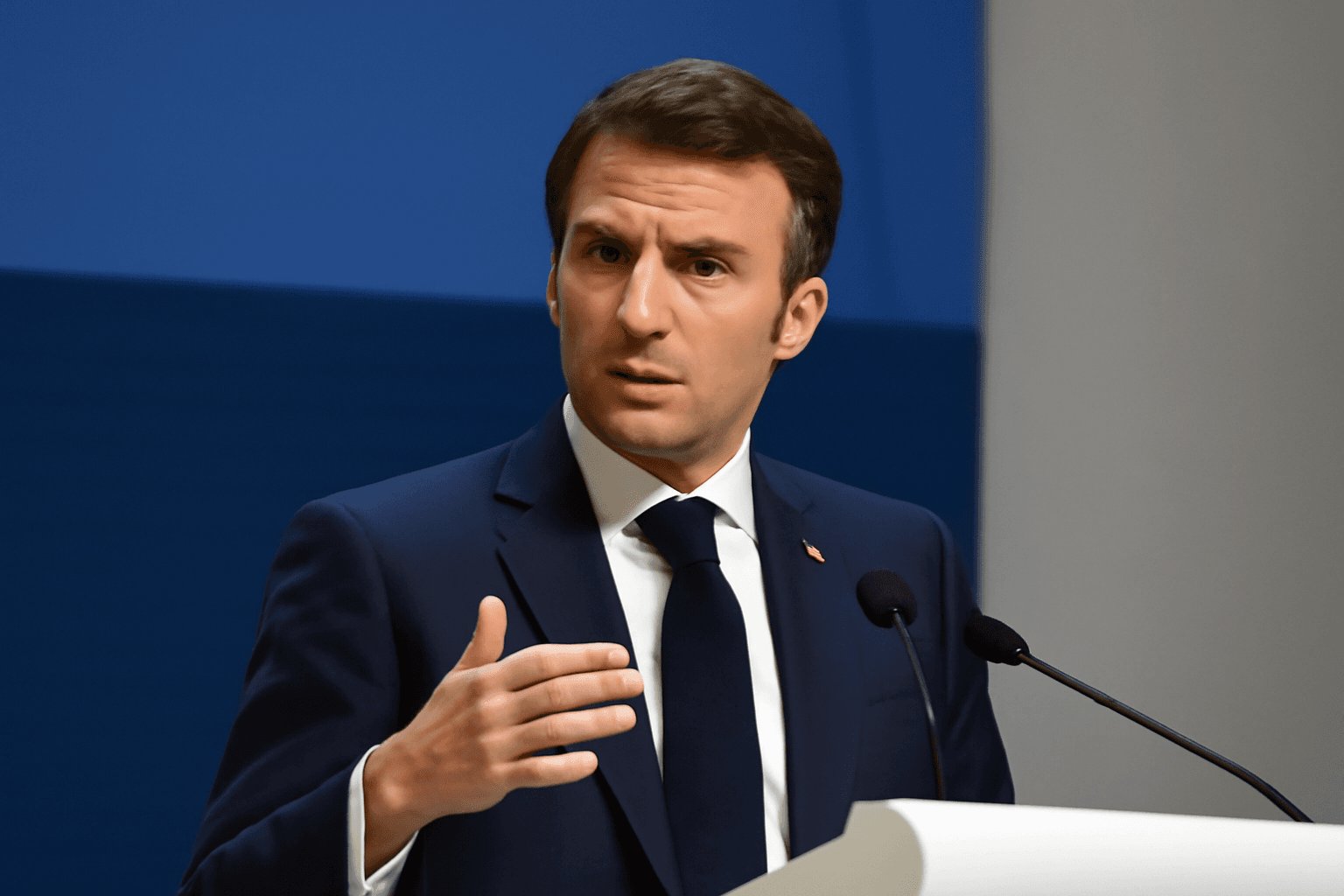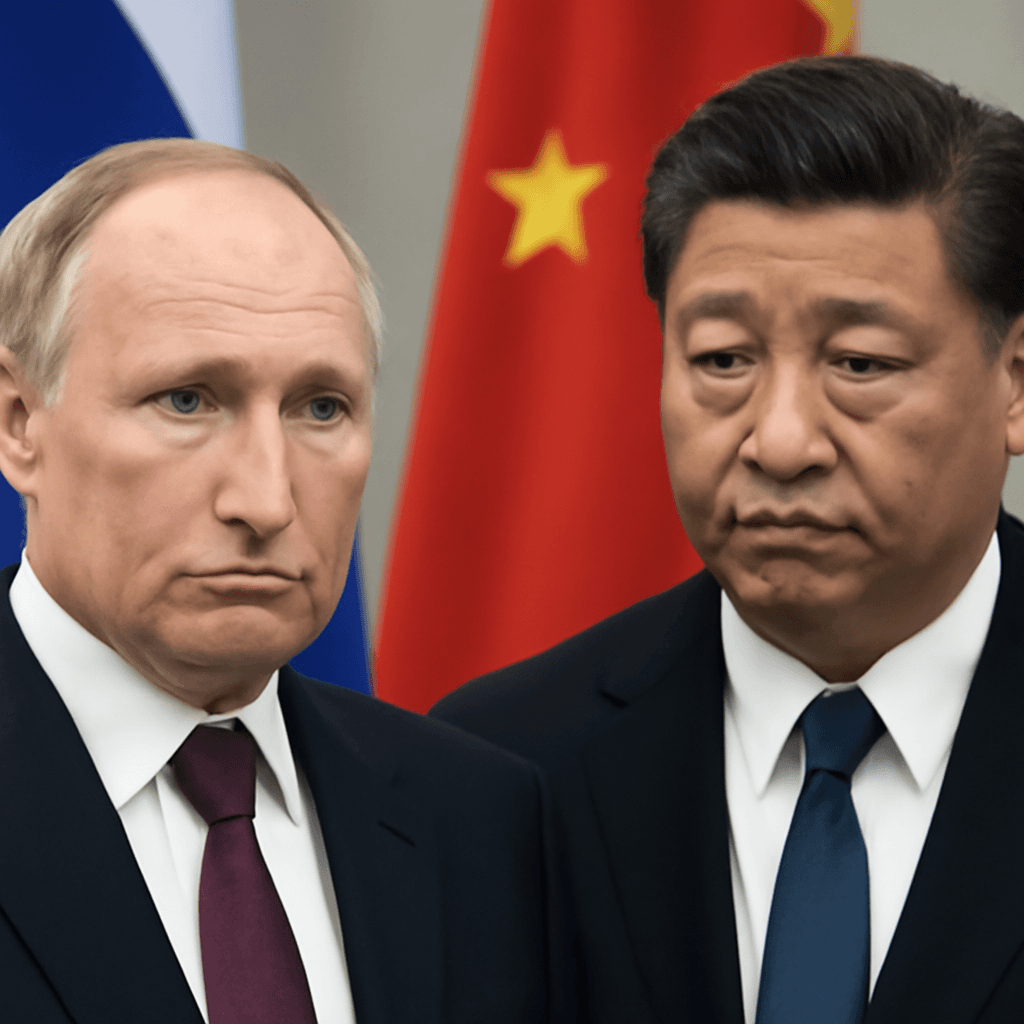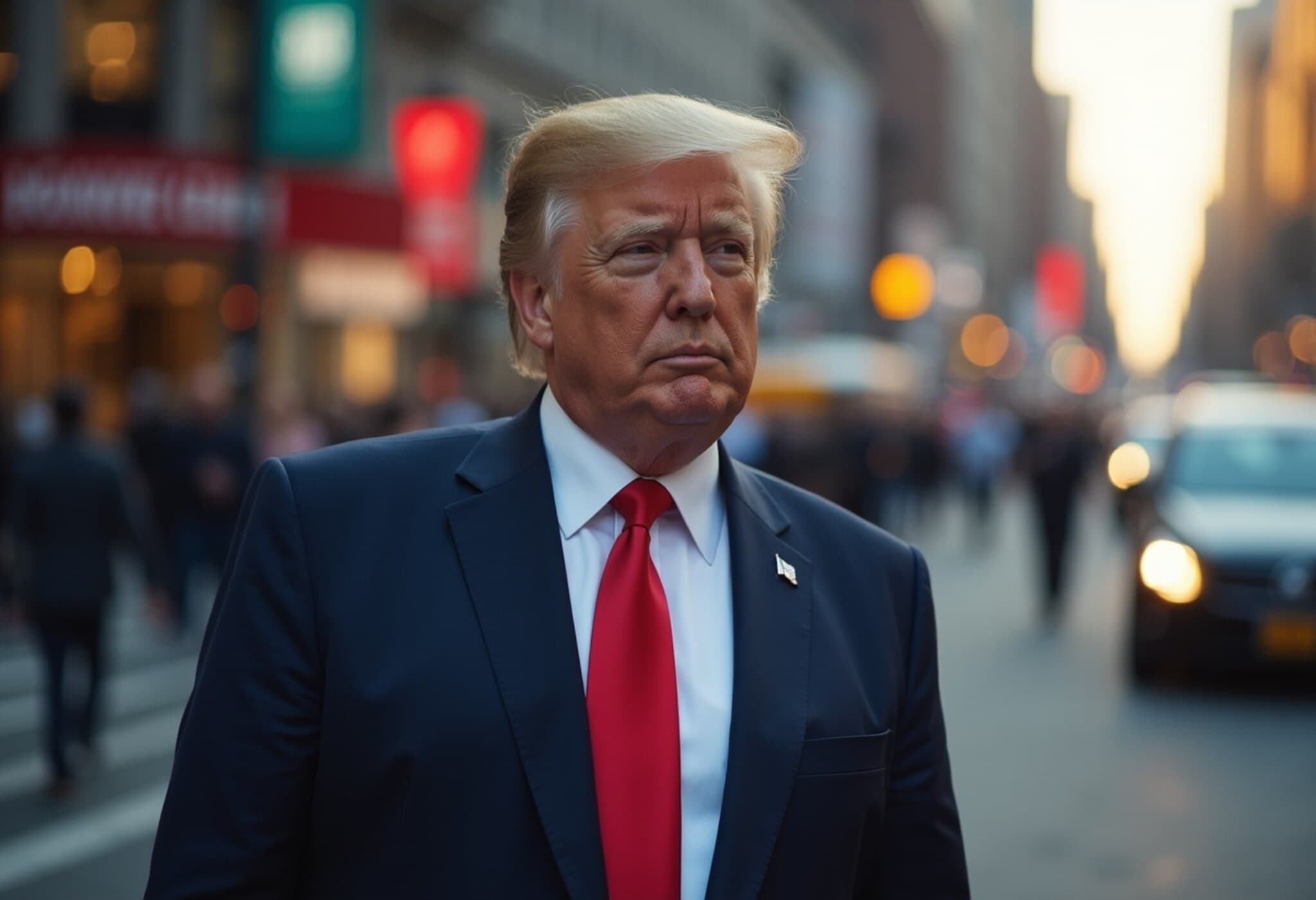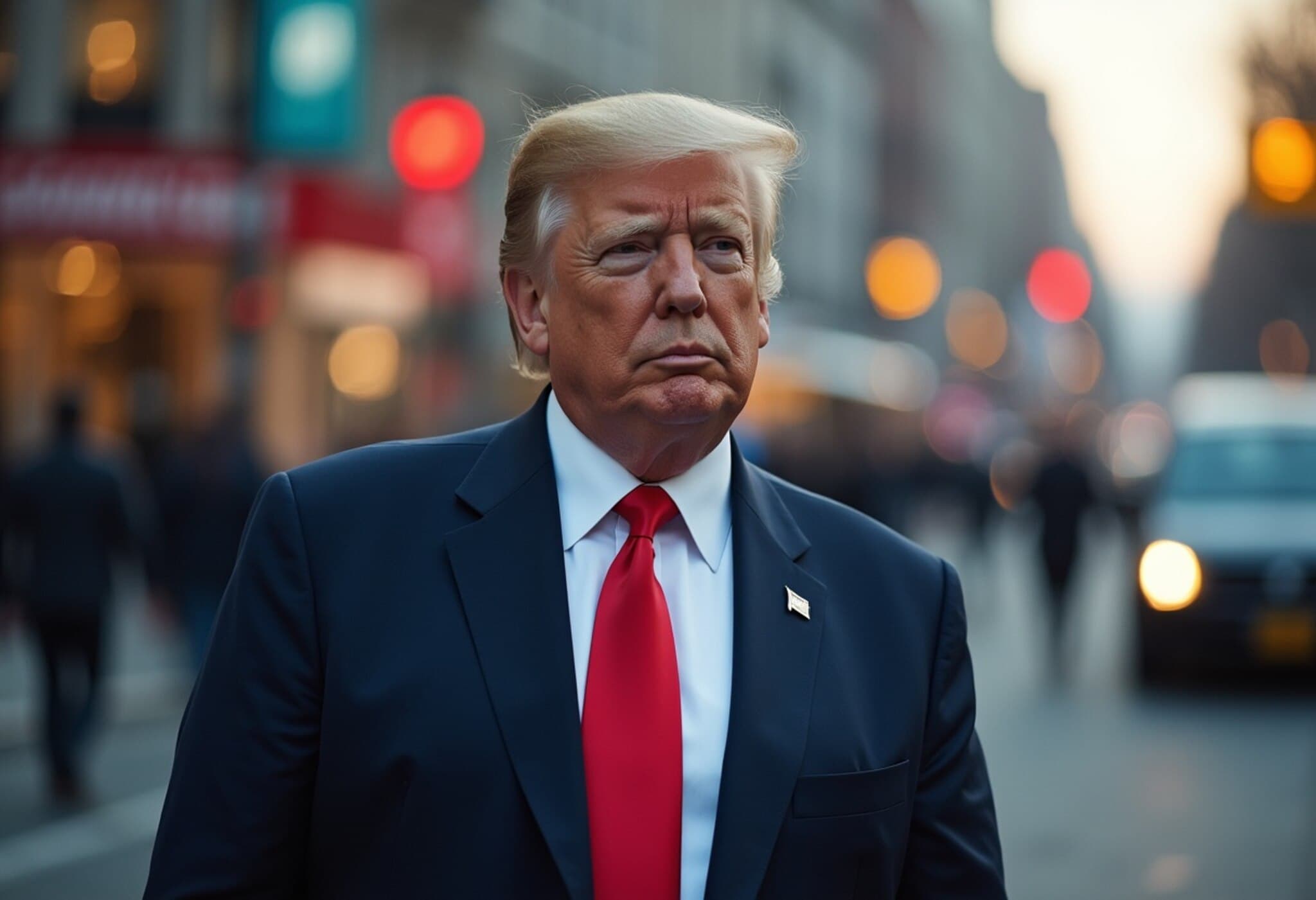India’s Unyielding Stance Amid U.S. Trade Pressure
In the midst of escalating trade tensions, India has maintained a steady posture following the U.S. government's recent imposition of steep tariffs on Indian goods. Contrary to interpretations from Washington, this calm is far from acquiescence. Instead, it reflects a carefully calibrated strategy by New Delhi under Prime Minister Narendra Modi’s leadership, signaling the country’s intent to protect its economic sovereignty and negotiate from a position of strength.
Trump’s Tariff Move: A Tactical Pressure Play?
On August 7, 2025, the U.S. administration, led by President Donald Trump, announced a 50% tariff hike on a range of Indian imports, citing India’s ongoing purchases of Russian oil amidst geopolitical tensions. While Washington views this as leverage to press India into compliance, the Indian government and business community perceive it as a negotiating tactic rather than an existential threat.
The Indian opposition has seized the opportunity to rally against what Rahul Gandhi, leader of the Indian National Congress, sharply dubbed “economic blackmail.” Such cross-party consensus constricts Modi’s flexibility, fortifying India’s resolve to shield critical sectors, particularly farmers and fishermen, from unfavorable trade concessions.
Economic Ripples: Calculating the Costs
The economic repercussions of these tariff hikes, while significant, are manageable. Financial analysts estimate that a comprehensive 50% tariff hike could dent India’s GDP by approximately 60 basis points, translating to around $23 billion. Yet, this figure pales in comparison to the potential domestic impact of conceding to U.S. demands, such as allowing increased imports of U.S. dairy products—projected to cost Indian farmers nearly $20 billion in lost revenue.
- Key Indian exports to the U.S. in 2024 include:
- Electronics: $11.1 billion (14.3% share)
- Gems and Jewelry: $9.9 billion (12.8% share)
- Pharmaceuticals: $8.1 billion (10.4% share)
- Machinery and Reactor Parts: $6.2 billion (8% share)
- Refined Petroleum Products: $5.8 billion (7.5% share)
The tariffs threaten to disrupt labor-intensive industries such as textiles and seafood, which are vital for millions of Indian workers. Additionally, elevated trade tensions may dampen foreign direct investment, a crucial ingredient for India’s growth aspirations.
Trade Dynamics and Diplomatic Maneuvers
India’s trade relationship with the U.S. is multifaceted. Approximately 40% of bilateral trade involves services, a sector where the U.S. actually holds a surplus. Technology-driven visa pathways, like the H-1B program, remain largely untouched by these disputes, underscoring the complexity of economic interdependence between the two democracies.
In parallel with navigating U.S. sanctions, India is actively engaging with other geopolitical players. Modi’s impending visit to China and National Security Advisor Ajit Doval’s diplomacy in Russia exemplify India’s multi-vector foreign policy approach—balancing relationships with competing powers while safeguarding national interests.
India’s government has criticized what it calls U.S. double standards, pointing out continued American trade with Russia despite the ongoing conflict in Ukraine. Indeed, many Indian companies hold stakes in Russian oil assets, complicating the narrative around sanctions and energy security.
Beyond the Headlines: Underreported Facets
What often escapes the spotlight is India’s internal balancing act. The nation’s domestic consumption forms over 60% of its GDP, buffering it against the shocks of export-focused trade retaliation. Moreover, the Indian rupee’s depreciation against the dollar may somewhat offset export losses by making Indian goods more competitive in alternative markets.
Legal experts, including former WTO ambassador Anjali Prasad, suggest collaborative action among affected countries could offer a pathway to contest U.S. tariffs, a strategy not yet widely pursued but potentially pivotal in reshaping global trade norms.
Looking Forward: The Watchful Waiting Game
With a 21-day window before the full brunt of tariffs takes effect, New Delhi appears inclined to pursue a measured response rather than impulsive concessions. This cautious stance coincides with U.S. diplomatic overtures toward Russia, including an anticipated summit between Trump and Putin, which could alter the calculus surrounding India’s Russian oil imports.
Ultimately, India’s position exemplifies a sophisticated diplomatic choreography—asserting red lines, leveraging geopolitical uncertainties, and prioritizing long-term national interests over short-term appeasement.
Editor’s Note
India’s response to U.S. tariffs is not merely about trade; it’s a reflection of its evolving role on the global stage, balancing domestic imperatives with complex international relationships. As the world watches this unfolding saga, critical questions remain: How will India leverage its domestic market strength and diplomatic channels to navigate this challenge? Can multilateral coordination among affected nations challenge unilateral trade measures? And what does this episode signal about the future of global trade politics under shifting geopolitical winds?
Understanding India's strategic patience offers insights into the nuanced interplay of economics, sovereignty, and diplomacy that will shape global trade discourse in the years ahead.
— Sriram Iyer, with contributions from Parikshit Luthra, CNBC-TV18


